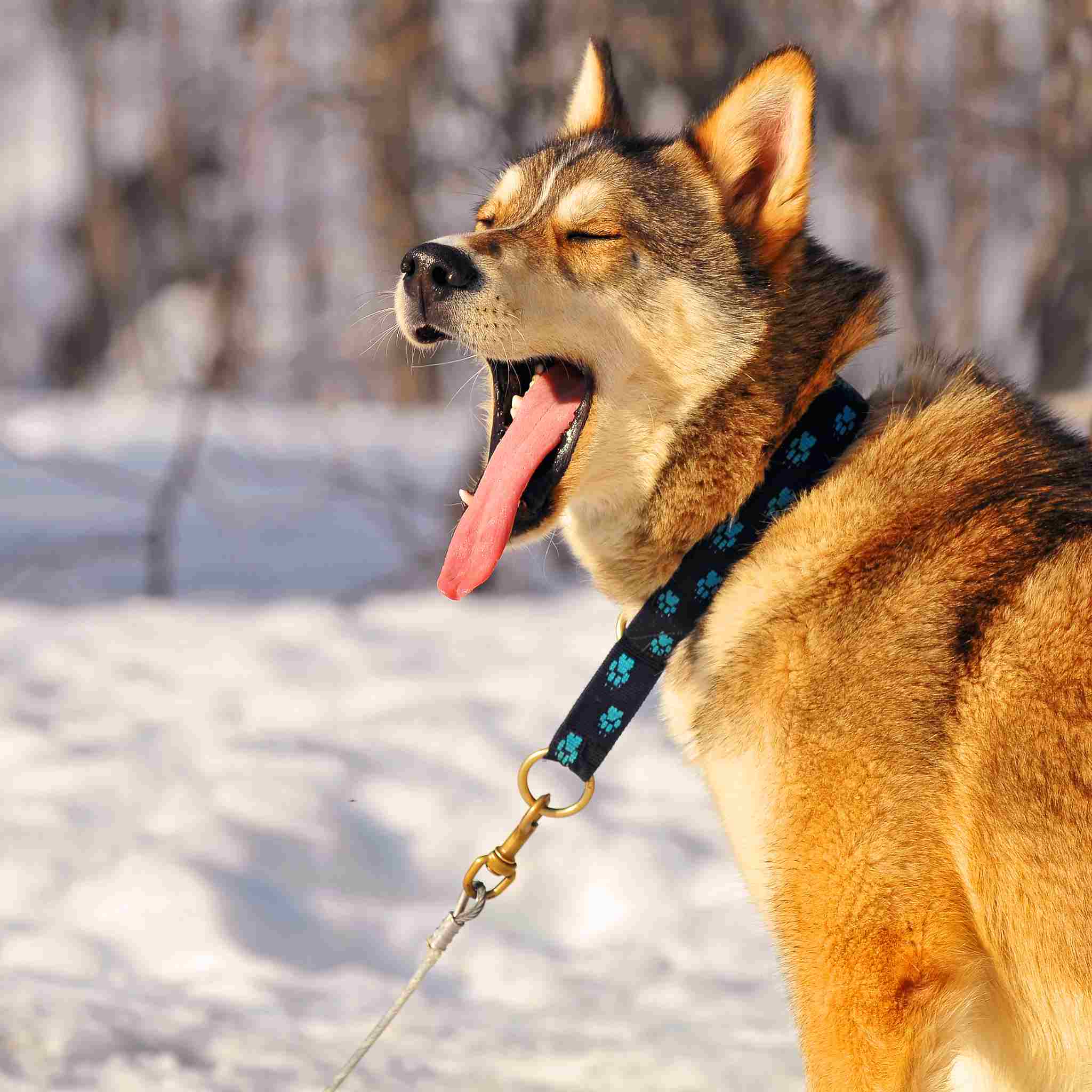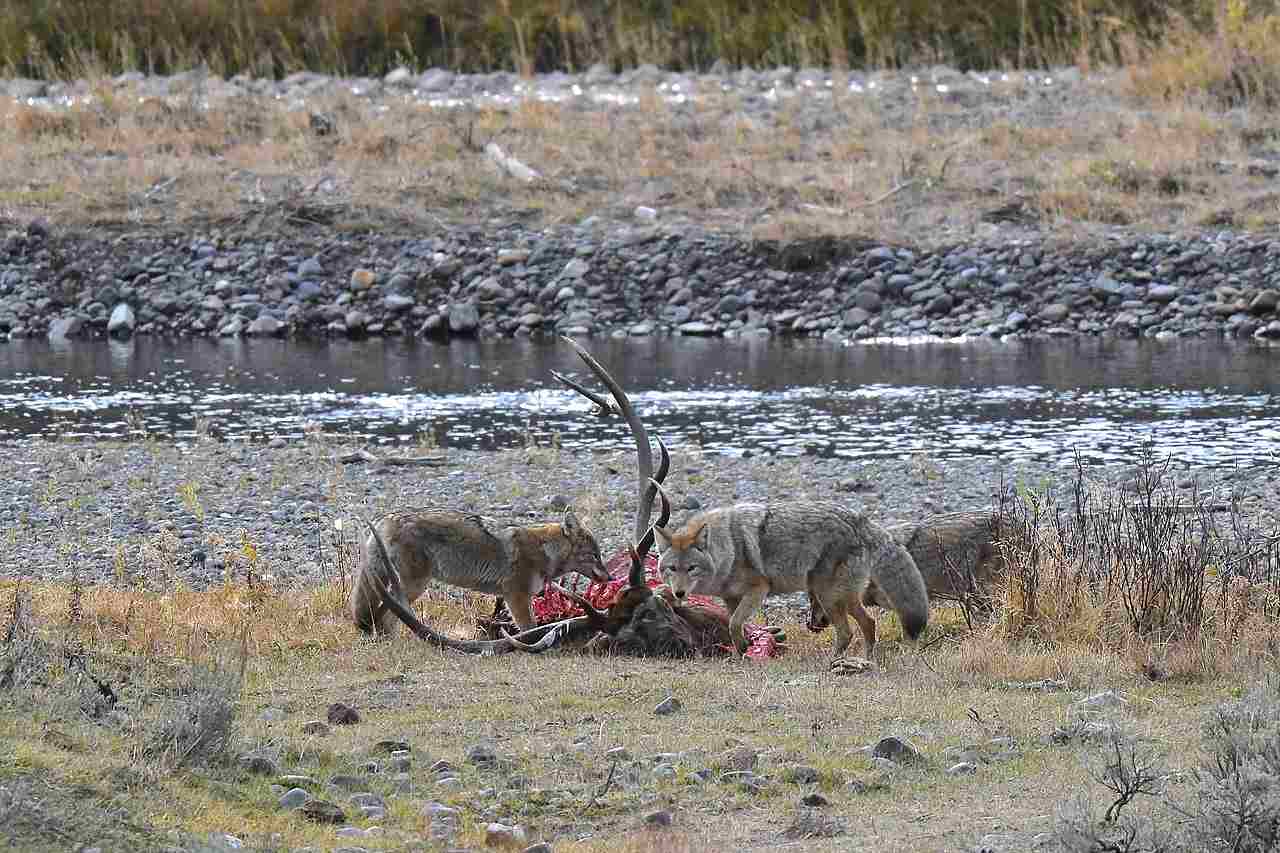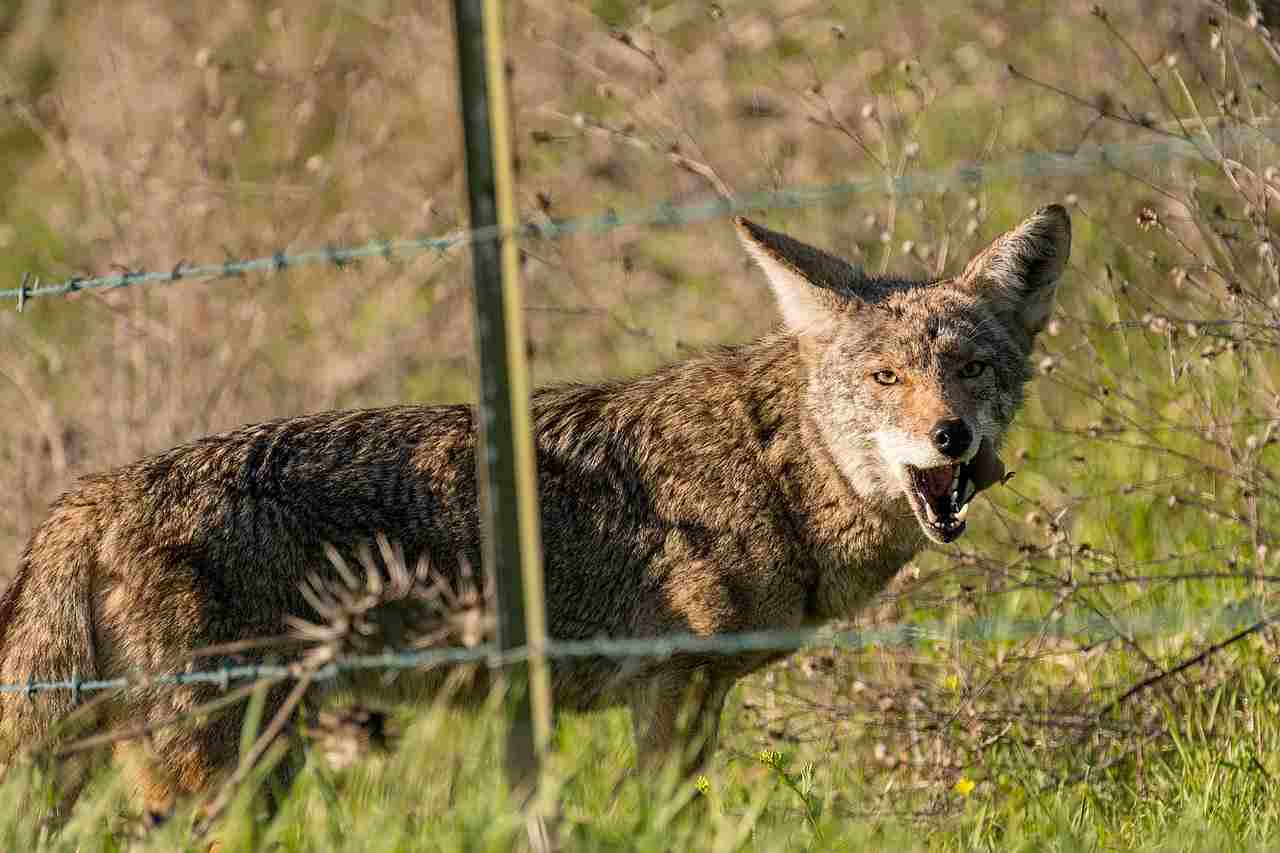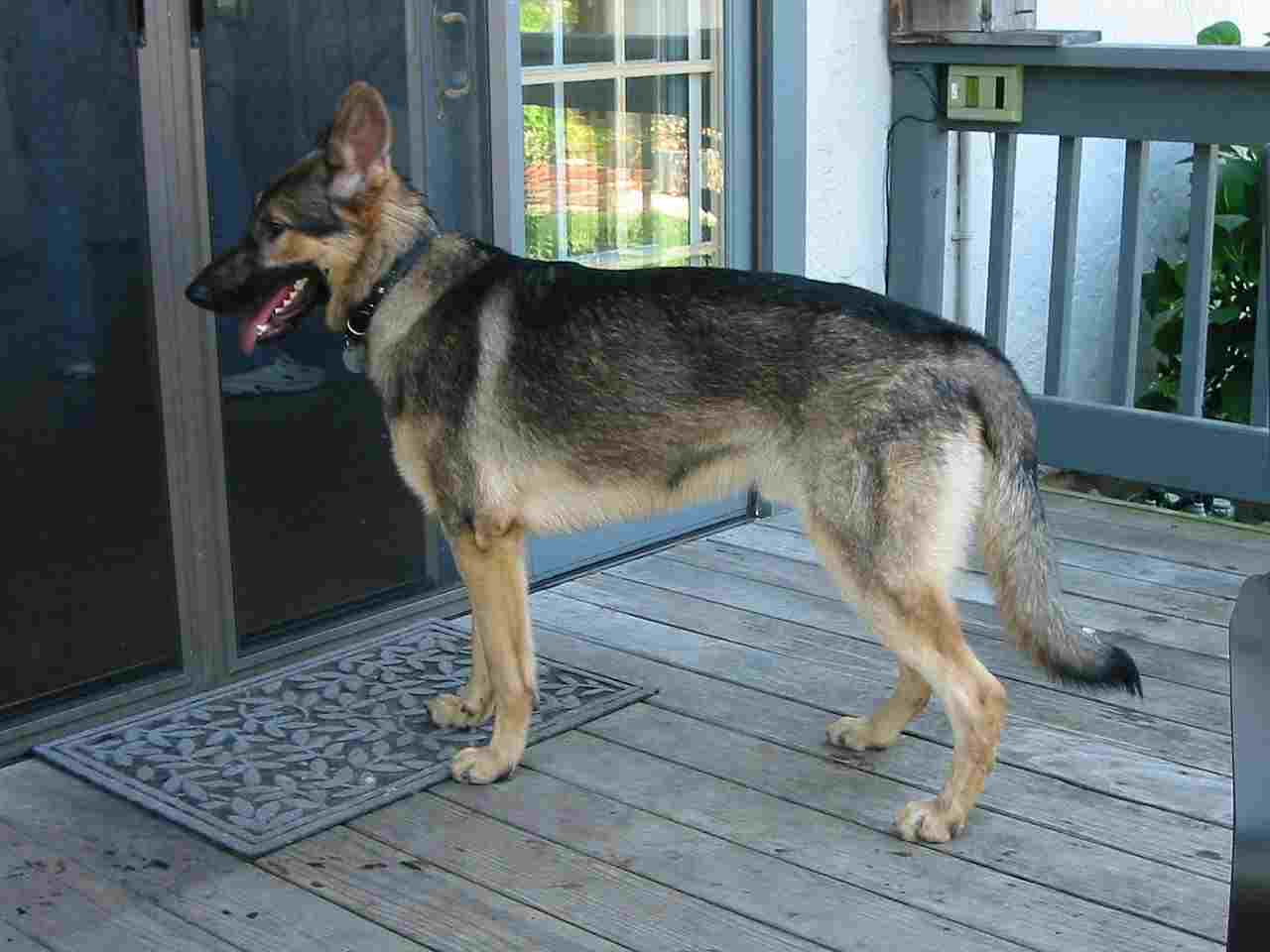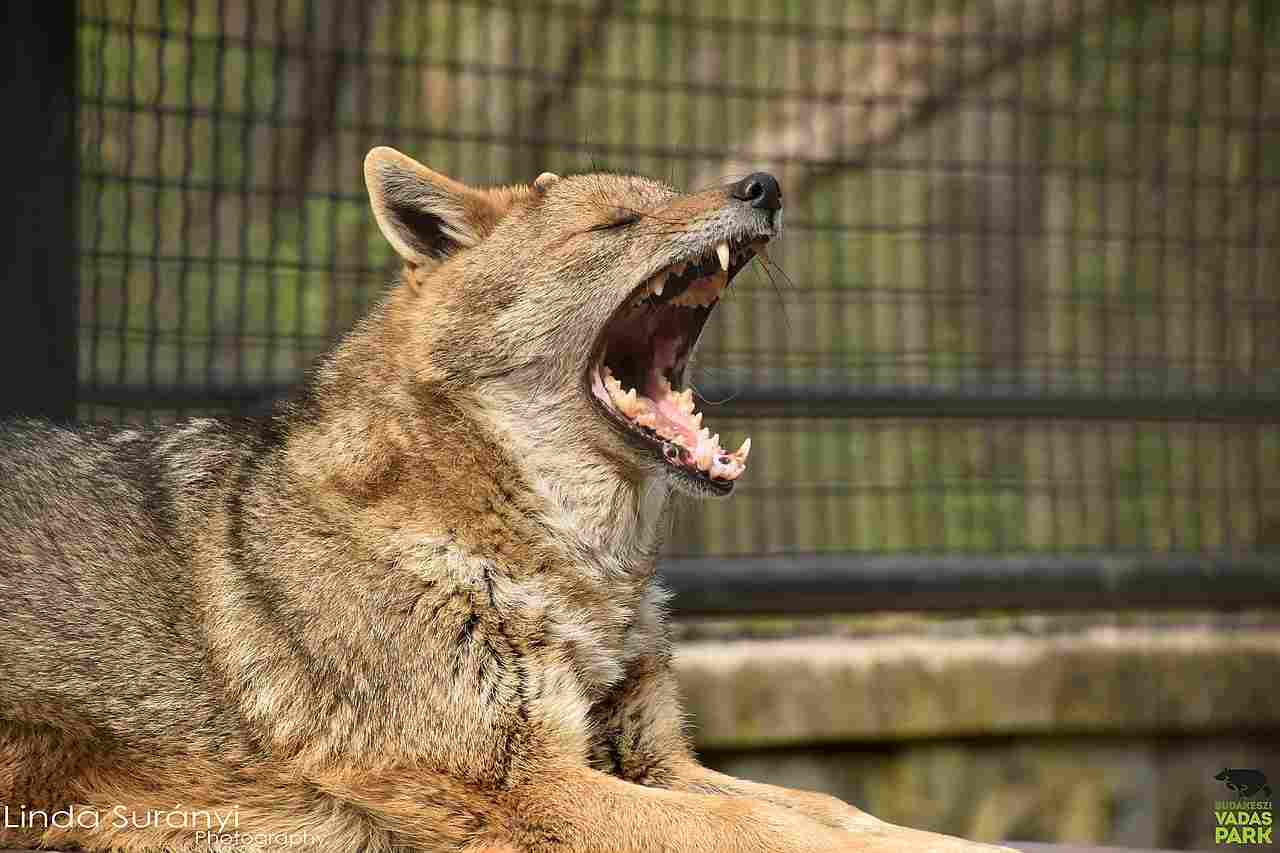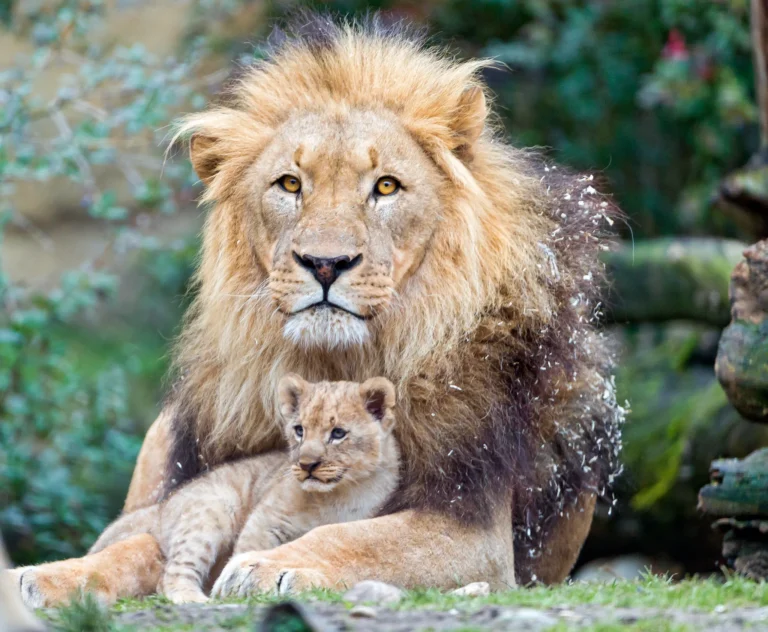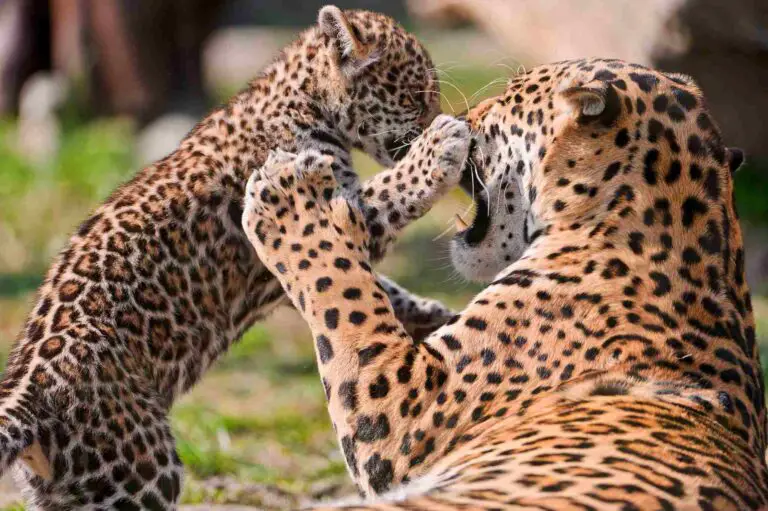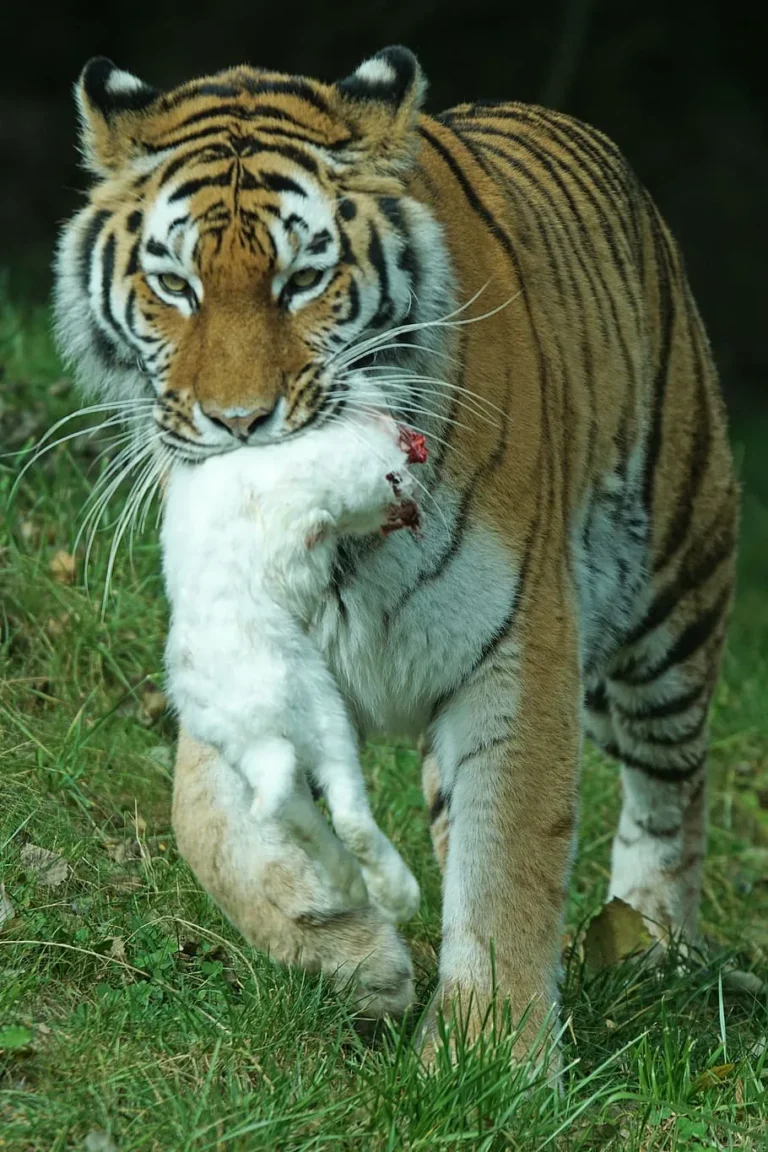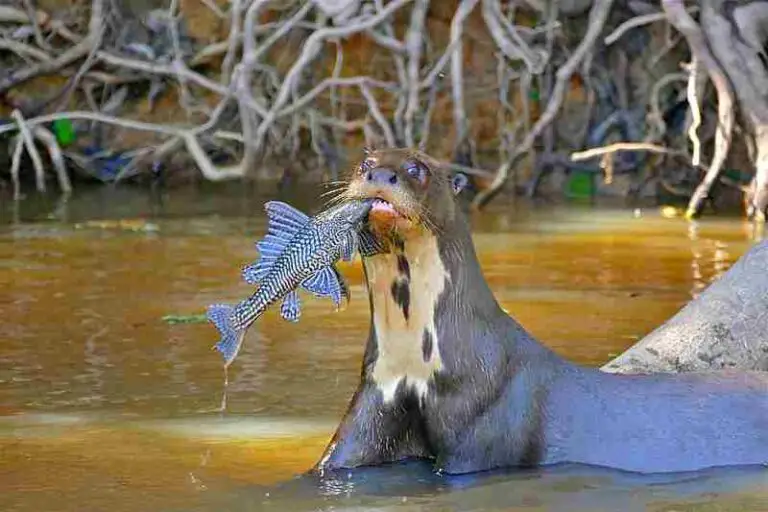Coyote Vs Husky Size, Weight, Overall Comparison
Coyotes and huskies, though both canids, embody distinct characteristics shaped by their wild and domesticated backgrounds.
This comparative analysis explores various factors, encompassing taxonomy, appearance, size, weight, bite force, physical offensive and defensive advantages, speed, agility, overall physical capacity, habitat preferences, lifespan, feeding habits, social behavior, reproduction methods, parental behavior, proximity to human-inhabited areas, behavior toward humans, danger posed to humans, associated precautions, and conservation status. The central focus is on evaluating the dynamics of a one-on-one confrontation and the contrasting threat a pack of coyotes may pose to a husky.
Coyote vs Husky: Who Will Win in a Fight/Physical Confrontation?
1). Size, Weight, and Strength Advantage for a Single Husky:
– A single husky, being larger, heavier, and stronger than a single coyote, holds a distinct advantage in a one-on-one physical confrontation. The husky’s size and strength contribute significantly to its ability to overpower a lone coyote.
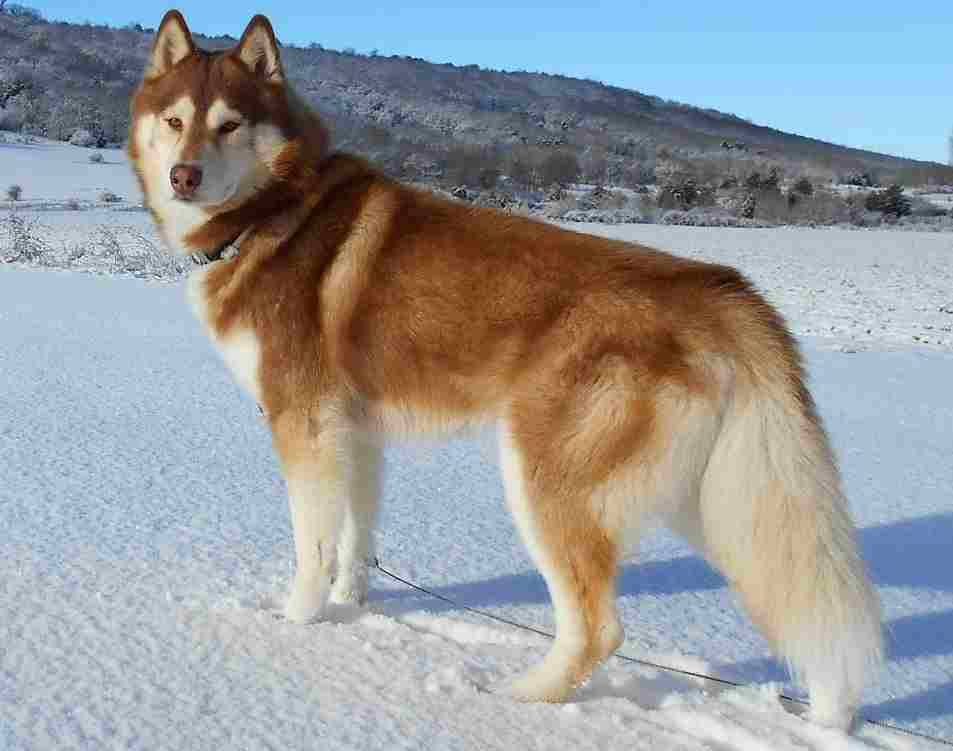
2). Pack Advantage for Coyotes:
– While a single husky may have the upper hand against an individual coyote, a pack of coyotes can pose a formidable threat. The coordinated efforts and collective strength of a coyote pack may potentially overpower and even kill a husky, emphasizing the significance of numerical superiority in such scenarios.
The contrast between the physical capabilities of a single husky and the collaborative strength of a pack of coyotes highlights the intricate dynamics of interspecies confrontations.
*Details of Comparison
| Criteria | Coyote | Husky |
| Taxonomy | Kingdom: Animalia… Species: C. latrans |
Kingdom: Animalia… Species: C. lupus familiaris
|
| Appearance | Slender, grayish-brown coat, pointed ears |
Medium-sized, well-furred double coat, erect triangular ears
|
| Size | 32-37 inches in length, 23-26 inches tall |
20-24 inches tall for males, 20-22 inches for females
|
| Weight | 20-50 pounds | 35-60 pounds |
| Bite Force | 150-200 psi | 150-200 psi |
| Offensive Advantages | Sharp teeth, agility, keen senses |
Strength, endurance, teamwork
|
| Defensive Advantages | Agility, camouflage, adaptability |
Thick coat, alertness, pack defense
|
| Speed | Up to 40 mph |
Sustained speed, endurance in tasks
|
| Agility | Swift, sharp turns, varied terrain |
Coordinated movements, sled pulling
|
| Overall Capacity | Versatile, adaptable, efficient predator |
Specialized for endurance, teamwork
|
| Habitat Preference | Diverse environments, adaptable |
Colder climates, historical Arctic use
|
| Tracks | Four toes, elongated prints |
Four toes, compact prints, sled trails
|
| Lifespan | 6-8 years (wild) |
12-15 years (domestic)
|
| Mode of Feeding | Carnivorous, opportunistic |
Controlled diet (commercial dog food)
|
| Social Behavior | Pack structure, cooperative hunting |
Pack-oriented, collaboration
|
| Reproduction | Seasonal breeding, 5-7 pups |
Controlled breeding, human-guided
|
| Parental Behavior | Both parents active in raising |
Human involvement in caregiving
|
| Proximity to Humans | Adaptable to urban areas, conflicts |
Domesticated, kept as pets, low conflict risk
|
| Behavior Toward Humans | Wary, defensive if threatened |
Friendly, sociable, well-behaved
|
| Danger Posed to Humans | Rare attacks, conflicts in urban areas |
Very low danger, domesticated nature
|
| Precautions | Responsible pet ownership, avoid habituation |
Standard pet care practices
|
| Conservation Status | Least Concern (IUCN Red List) | Not applicable |
1. Taxonomy:
Coyote (Canis latrans):
Kingdom: Animalia
Phylum: Chordata
Class: Mammalia
Order: Carnivora
Family: Canidae
Genus: Canis
Species: C. latrans
Husky (Canis lupus familiaris):
Kingdom: Animalia
Phylum: Chordata
Class: Mammalia
Order: Carnivora
Family: Canidae
Genus: Canis
Species: C. lupus familiaris
2. Appearance:
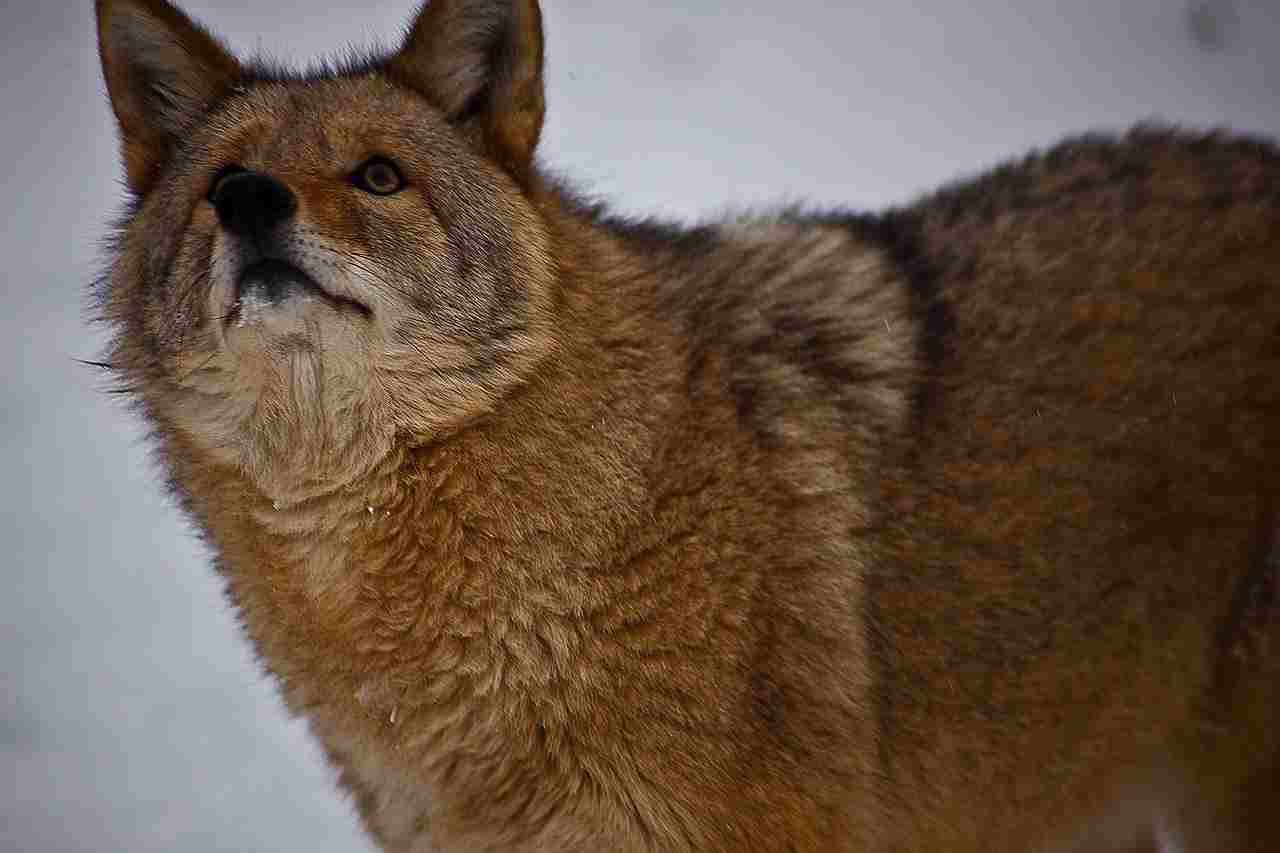
Coyote:
Features a slender build with a bushy tail.
Typically has a grayish-brown fur coat with a lighter-colored belly.
Pointed ears and a long, narrow muzzle.
Adaptations for camouflage in various environments.
Husky:
Medium-sized working dog breed with a well-furred double coat.
Coat colors vary, including black, gray, red, and agouti.
Distinctive facial mask markings.
Erect triangular ears and a furry, sickle-shaped tail.
Comparison:
Both exhibit adaptations to their respective environments, with the coyote’s camouflage aiding in its wild habitat and the husky’s thick coat serving as insulation in colder climates.
Ecological Implications:
Coyotes’ appearance allows for effective hunting and survival in diverse ecosystems, contributing to their adaptability.
Huskies, bred for colder regions, showcase human-driven selection for specific appearance traits, impacting their ecological role primarily in domestic settings.
3. Size
Coyote:
Adult coyotes typically have a body length ranging from 32 to 37 inches.
Shoulder height is generally between 23 to 26 inches.
Tail length is around 16 inches.
Husky:
Adult male huskies stand around 21 to 24 inches at the shoulder.
Adult females are slightly smaller, ranging from 20 to 22 inches.
Huskies are moderately sized working dogs.
Comparison:
Coyotes generally have a larger size compared to huskies, both in body length and height.
4. Weight:
Coyote:
Adult coyotes weigh between 20 to 50 pounds.
Weight varies based on factors such as region and food availability.
Husky:
Adult huskies typically weigh between 35 to 60 pounds.
Weight may vary based on factors like age, sex, and individual genetics.
Comparison:
Huskies and coyotes can overlap in weight, but huskies tend to have a broader range due to variations in size among individuals.
5. Bite Force:
Coyote:
Estimated to have a bite force of around 150 to 200 pounds per square inch (psi).
Adapted for gripping and tearing prey.
Husky:
Domestic dogs, including huskies, generally have a bite force ranging from 150 to 200 psi.
Their bite force is influenced by factors such as size and individual variation.
Comparison:
Similar bite forces suggest comparable capabilities for gripping and tearing, though specific adaptations may differ based on their ecological roles.
6. Physical Offensive Advantages:
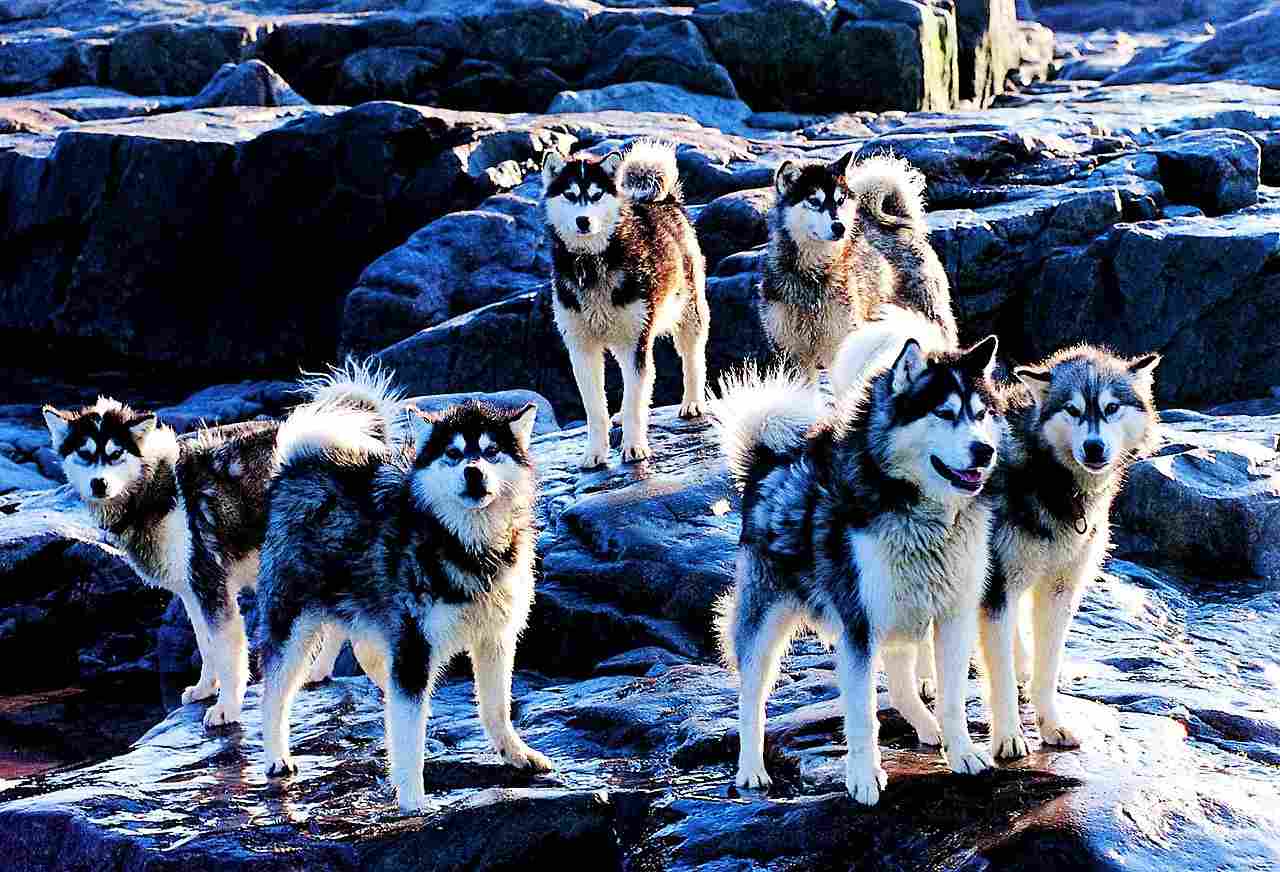
Coyote:
Sharp teeth and powerful jaws for effective hunting.
Agile and capable of pursuing prey over varied terrains.
Excellent sense of smell and hearing contribute to successful hunting strategies.
Husky:
Developed for pulling sleds, showcasing strength and endurance.
Adapted for tasks requiring teamwork and cooperation.
Possesses a keen sense of direction and orientation.
Comparison:
Coyotes emphasize individual hunting prowess, relying on agility and sensory acuity. Huskies, bred for teamwork, leverage strength and endurance in collaborative tasks like sled pulling.
7. Physical Defensive Advantages:
Coyote:
Agile and capable of evasion to avoid predators.
Camouflage and keen senses aid in detecting potential threats.
Adaptability and a cautious nature contribute to survival.
Husky:
Thick double coat provides insulation and protection in cold climates.
Alert and responsive, able to detect potential dangers.
Collaborative nature allows for group defense mechanisms.
Comparison:
Coyotes rely on individual defensive strategies and adaptability, while huskies may benefit from their pack-oriented approach and physical adaptations.
8. Speed:
Coyote:
Can reach speeds of 40 mph when chasing prey.
Swift and agile, enabling effective pursuit.
Husky:
Exhibits good speed, especially in a sled-pulling context.
May not match the top speed of a coyote but excels in endurance.
Comparison:
Coyotes showcase bursts of high-speed agility for hunting, while huskies excel in sustained speed and endurance, particularly in a team effort.
9. Agility:
Coyote:
Highly agile with the ability to navigate varied terrains.
Swift movements aid in hunting and evading predators.
Can make sharp turns and sudden changes in direction.
Husky:
Exhibits agility in sled pulling and navigating through snow.
Quick and nimble, especially considering their medium size.
Coordinated movements contribute to their efficiency in tasks.
Comparison:
While both are agile, the nature of agility differs; coyotes’ agility is more geared toward hunting and evasion, while huskies showcase agility in collaborative tasks and navigating specific environments.
10. Overall Physical Capacity:
Coyote:
Versatile and well-adapted for survival in diverse habitats.
Efficient predator with a combination of speed, agility, and sensory abilities.
Can cover large territories in search of food.
Husky:
Specialized for endurance tasks, particularly in cold climates.
Collaborative working capacity, especially in sled-pulling activities.
Moderate overall physical strength for their size.
Comparison:
Coyotes exhibit a more versatile and individually oriented physical capacity for survival, while huskies showcase a specialized, collaborative capacity suited for specific tasks like sled pulling.
11. Habitat Preference(s):
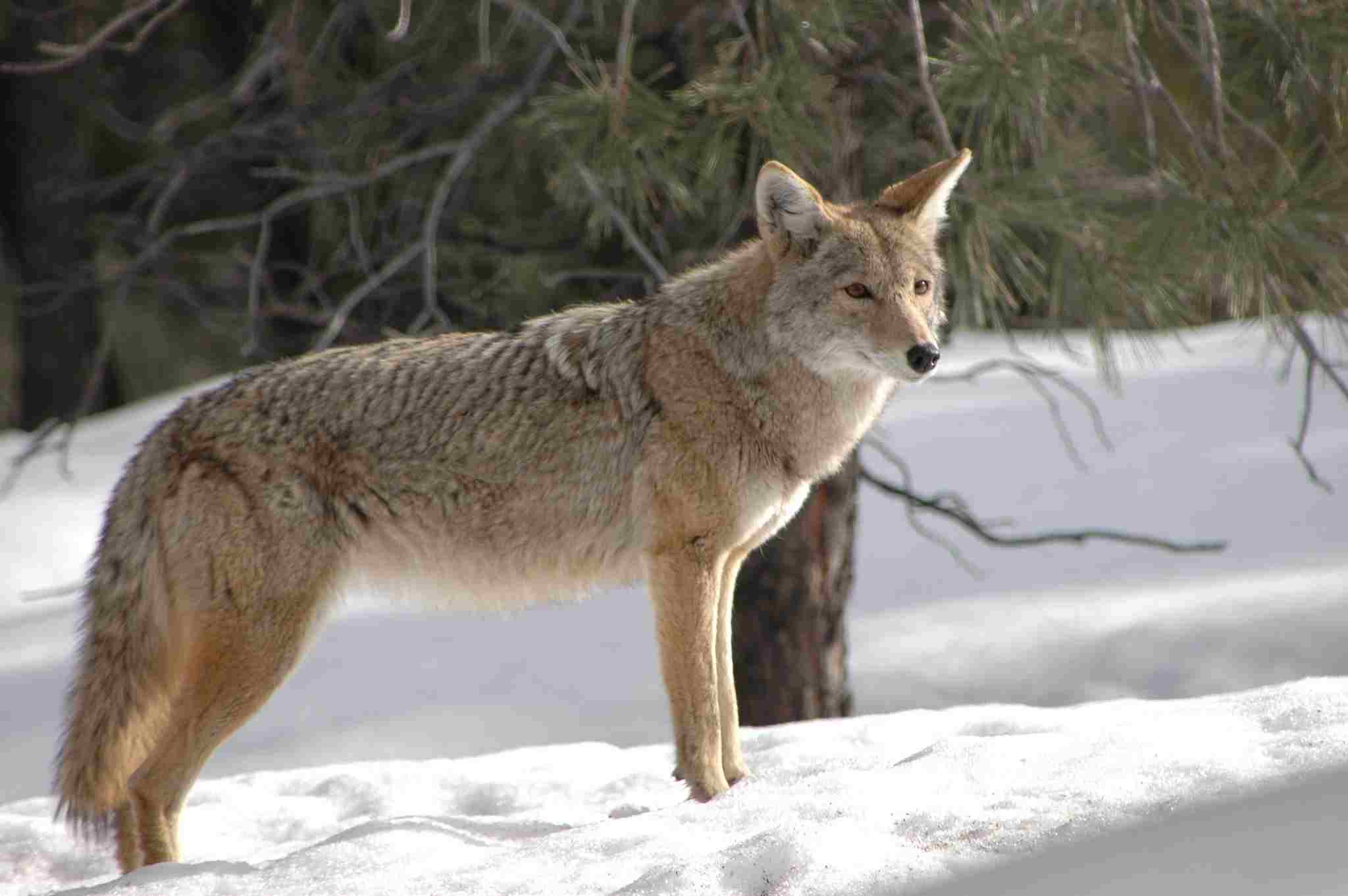
Coyote:
Adaptable to various environments, including forests, deserts, and urban areas.
Thrives in regions with diverse prey and sufficient cover for denning.
Husky:
Historically bred for Arctic climates, thriving in cold, snowy environments.
May adapt to various climates but prefers colder temperatures.
Comparison:
Coyotes demonstrate adaptability across a broad range of habitats, while huskies have a preference for colder climates due to their historical working roles in the Arctic.
12. Tracks:
Coyote:
Paw prints typically show four toes with claw marks.
Tracks are more elongated and narrow compared to domestic dogs.
Stride pattern reflects a trotting gait, often covering large distances.
Husky:
Paw prints also show four toes with claw marks, resembling those of other domestic dogs.
Tracks may vary based on the terrain but generally exhibit a more compact appearance.
Sled-pulling activities may leave distinctive parallel lines in snow.
Comparison:
Both leave similar paw prints with variations influenced by factors like terrain and behavior. Coyotes’ tracks are generally more elongated, reflecting their trotting gait.
13. Lifespan:
Coyote:
In the wild, coyotes typically live 6 to 8 years.
Faces threats such as predation, diseases, and human-related factors.
Husky:
Domestic huskies have a lifespan of 12 to 15 years on average.
Access to veterinary care and controlled environments contribute to increased longevity.
Comparison:
Huskies generally have a longer lifespan due to the benefits of domestication, controlled environments, and access to veterinary care.
14. Mode of Feeding:
Coyote:
Carnivorous diet, primarily consisting of small mammals, birds, and occasionally larger prey.
Opportunistic feeders, adapting to available food sources.
Husky:
Domesticated huskies are usually fed a diet of commercial dog food.
Historically, sled-pulling huskies may have been fed diets rich in protein and fat.
Comparison:
Coyotes exhibit a more varied and opportunistic feeding behavior, while domesticated huskies typically consume controlled diets provided by humans.
15. Social Behavior:
Coyote:
Typically exhibit a complex social structure.
Live in family groups known as packs, consisting of a mated pair and their offspring.
Cooperative hunting and raising of young within the pack.
Husky:
Pack-oriented due to their historical use in sled teams.
Display social bonds and cooperation within the pack.
Can adapt well to family structures in human households.
Comparison:
Both coyotes and huskies showcase pack-oriented social behaviors, emphasizing cooperation for survival.
16. Mode of Reproduction:
Coyote:
Breeding season typically occurs from late winter to early spring.
Gestation lasts around 60 days, and litters usually consist of 5 to 7 pups.
Both parents participate in raising the offspring.
Husky:
Reproduction occurs through controlled breeding in domestic settings.
Gestation lasts around 60 to 63 days, and litters may vary in size.
Human intervention often guides the breeding process.
Comparison:
While both species share a similar gestation period, coyotes have a more natural, seasonal reproductive cycle, whereas huskies often undergo controlled breeding in domestication.
17. Parental Behavior:
Coyote:
Both parents actively participate in raising and protecting their offspring.
Pups are taught hunting and survival skills within the family structure.
Husky:
Domesticated huskies may have human caregivers involved in the parenting role.
Instincts for care and protection of offspring are retained.
Comparison:
Both species exhibit parental care, but coyotes rely more on natural instincts, while huskies may involve human caregivers in the parenting process.
18. Proximity to Human-Inhabited Areas:
Coyote:
Increasingly adapted to urban environments, often found near human settlements.
Opportunistic scavenging on human food sources.
Human-coyote conflicts may arise due to proximity.
Husky:
Domesticated breed, commonly kept as pets.
Typically found in human households and urban areas.
Limited potential for conflicts as huskies are bred for companionship.
Comparison:
Coyotes demonstrate adaptability to urban areas, sometimes leading to conflicts, while huskies are intentionally kept in human environments as companion animals.
19. Behavior Toward Humans:
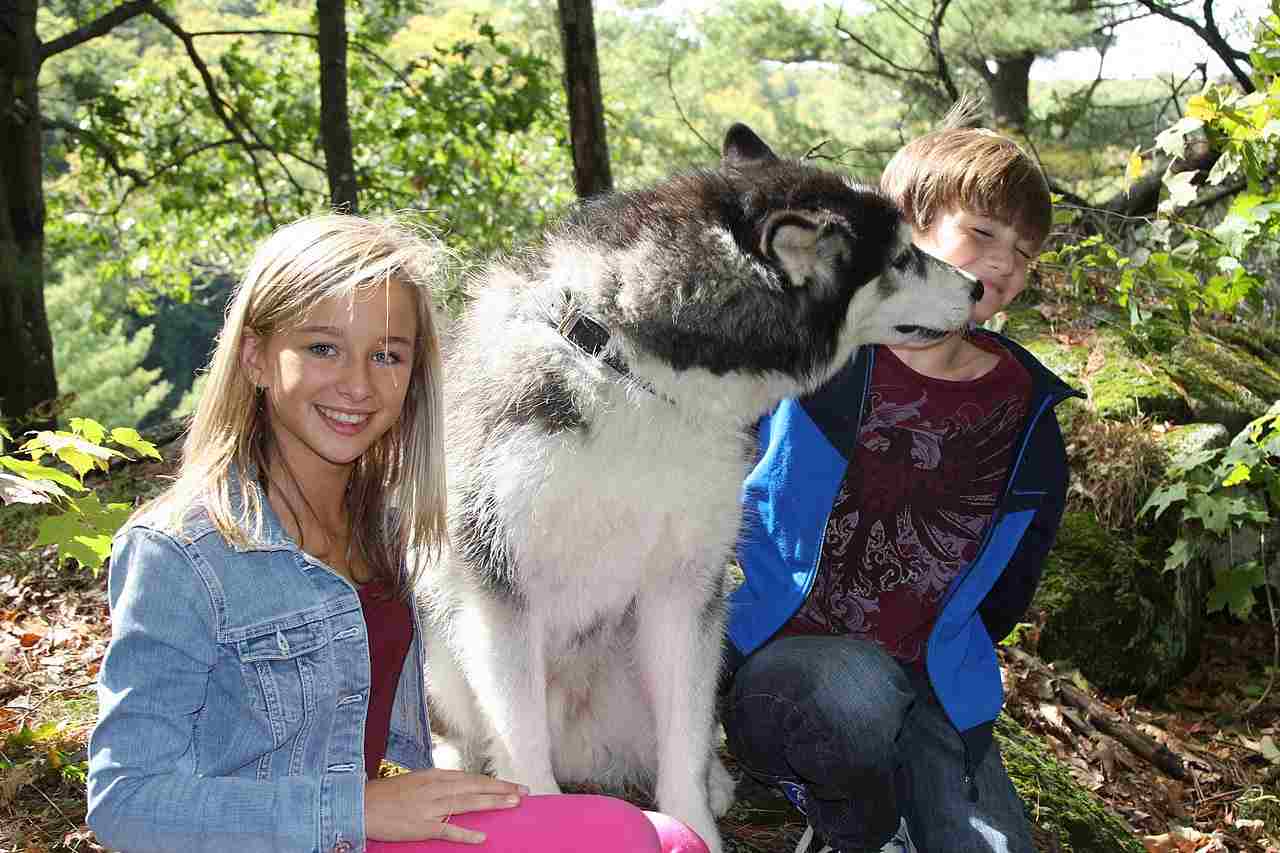
Coyote:
Generally wary of humans but can become habituated in urban settings.
May display defensive behavior if cornered or threatened.
Instances of human-coyote conflicts may occur.
Husky:
Domesticated and bred for companionship.
Typically friendly and sociable with humans.
Well-behaved with proper training and socialization.
Comparison:
Coyotes may exhibit defensive behavior towards humans, especially in urban areas, while huskies are generally social and well-behaved in human interactions.
20. Danger Posed to Humans:
Coyote:
Rare instances of coyote attacks on humans, often related to conflicts in urban areas.
Generally more of a concern in terms of potential conflicts than direct attacks.
Husky:
Very low danger posed to humans.
Domesticated nature and social behavior reduce the likelihood of aggression.
Comparison:
Coyotes may pose a minimal risk in certain situations, mainly related to conflicts, while huskies are considered low-risk due to their domestication and social nature.
21. Associated Precautions:
Coyote:
Encourage responsible pet ownership to avoid attracting coyotes.
Implement measures to discourage habituation, such as secure garbage disposal.
Husky:
Standard precautions for responsible pet ownership, including training and proper containment.
Regular veterinary care to ensure health and prevent behavioral issues.
Comparison:
Precautions for coyotes focus on minimizing human-coyote conflicts, while precautions for huskies are standard practices for responsible pet ownership.
22. Conservation Status:
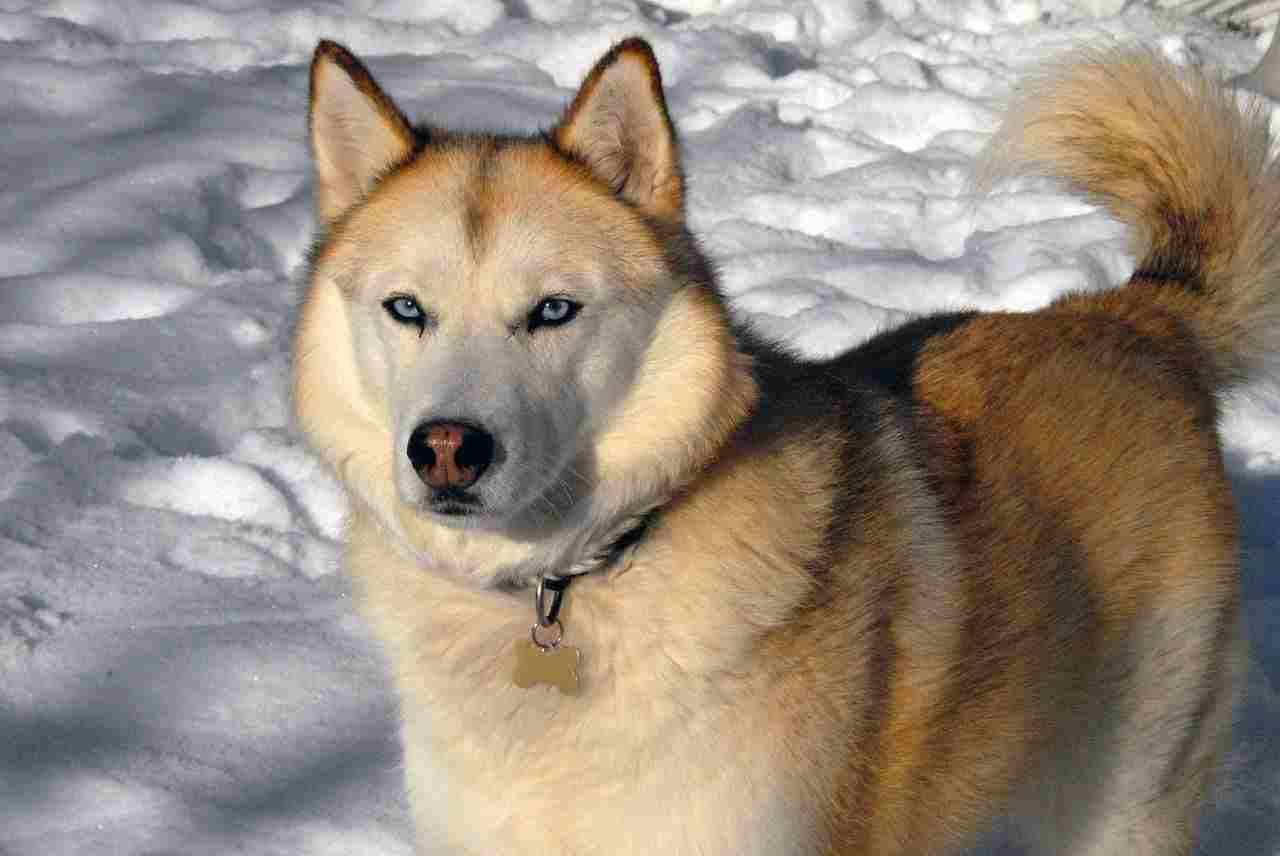
Coyote:
Least Concern on the IUCN Red List.
Populations are generally stable and adaptable to diverse environments.
Husky:
Not applicable as huskies are a domesticated dog breed.
Populations are managed by humans, and they are not subject to wild conservation concerns.
Conclusion:
I). Similarities:
Both coyotes and huskies belong to the Canidae family, showcasing evolutionary adaptations for survival as carnivorous mammals.
Share social behaviors rooted in pack dynamics, whether in the wild for coyotes or within human households for huskies.
II). Differences:
Coyotes are wild animals with adaptations for independent survival, while huskies are a domesticated dog breed, shaped by human selection for specific traits.
Huskies have a longer lifespan due to domestication, controlled environments, and access to veterinary care, in contrast to the shorter, wild existence of coyotes.
Coyotes exhibit more diverse ecological roles, living in various habitats, whereas huskies are primarily associated with specific human activities in colder climates.
